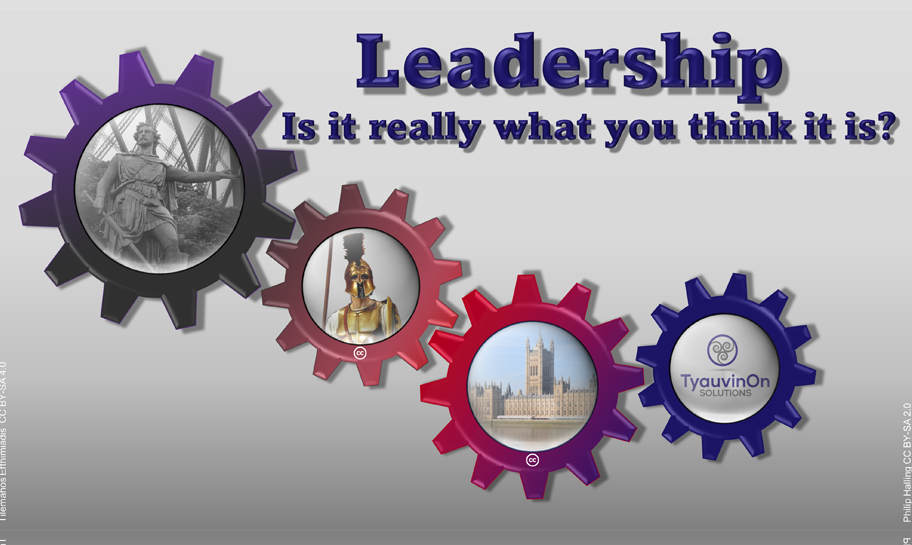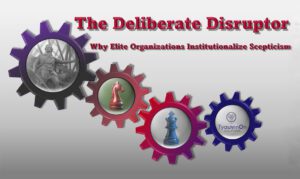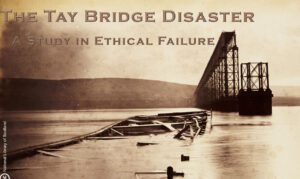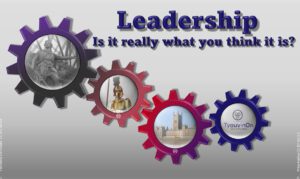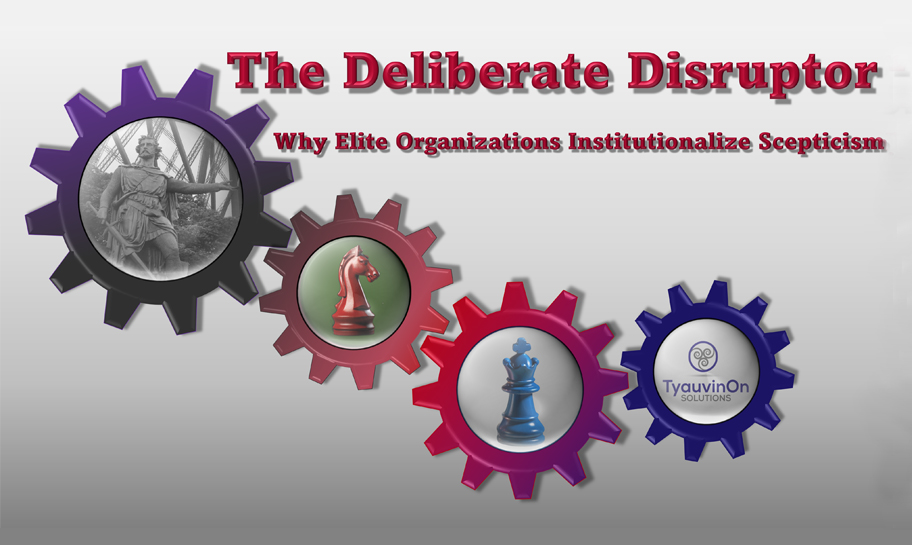What if everything you’ve been told about leadership is wrong? Join Jim Benvie, “The History PM,” as he dismantles popular leadership myths and reveals uncomfortable truths about what creates effective leaders.
For decades, organizations have invested heavily in leadership development, creating countless theories, styles, and frameworks. Yet after all this investment, why do we still struggle to define what leadership is? And why do so many “natural leaders” fail when it matters most?
Through fascinating historical case studies including an analysis of two British Prime Ministers from the 1940s—Winston Churchill, the legendary wartime hero who saved Britain during World War II, and Clement Attlee, a quiet man dismissed by his own party as a “little mouse”—Jim reveals how circumstances, luck, and follower psychology matter more than charisma or traditional leadership traits.
This isn’t another presentation about leadership styles or personality assessments. Instead, Jim challenges you to think critically about:
- Why leadership “styles” have multiplied from 3 to 22+ with no consensus among experts
- How the “Halo Effect” tricks us into following tall, charismatic leaders who may lack substance
- Why even management guru Peter Drucker never actually said “management is doing things right, leadership is doing the right things”
- The uncomfortable truth that followers, not leaders, ultimately determine who leads
- Why focusing on “doing something” matters more than “being someone”
Drawing from historical examples spanning ancient civilizations to modern executives, Jim demonstrates how leadership is less about inherent traits and more about circumstances, preparation, and recognizing opportunities when they arise.
You’ll leave questioning conventional leadership wisdom and equipped with a more realistic framework for developing influence: start with your “why,” acquire relevant skills, build confidence, act, and watch for your moment.
Prepare for a presentation that challenges assumptions, stimulates critical thinking, and proves that sometimes the most profound leadership lessons come from history’s “unlikely” leaders.
Learning Objectives
- Challenge and rethink common leadership myths using critical thinking and historical context.
- Understand how context, timing, and followership shape real leadership more than traits or style.
- Apply a realistic framework for building influence through preparation, action, and opportunity.

